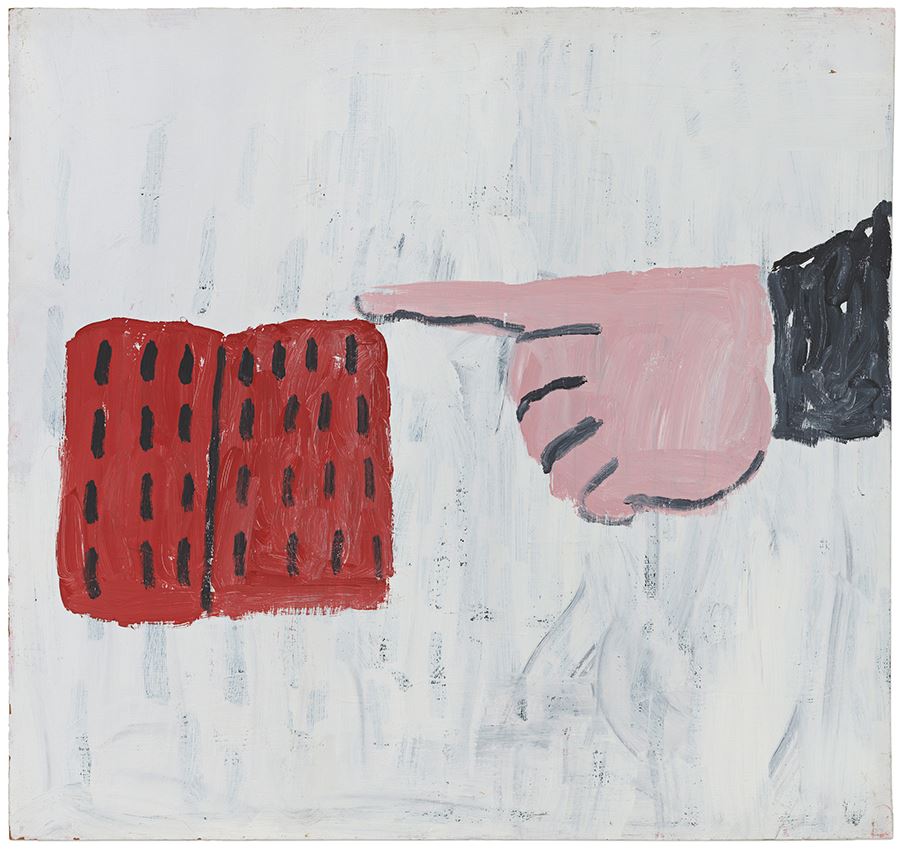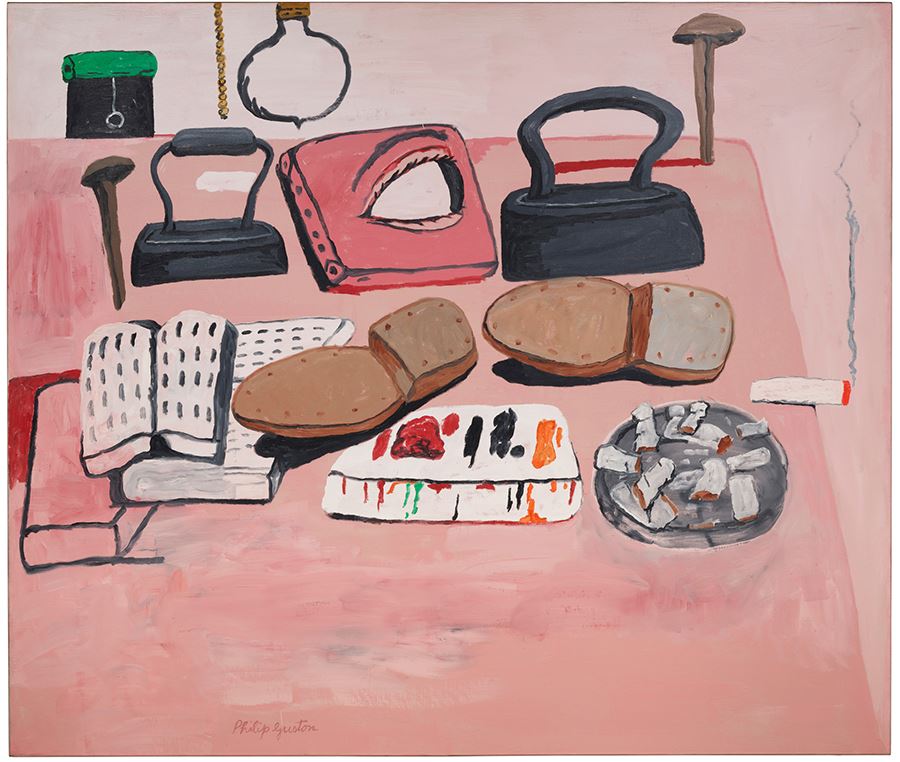Hanging on my office wall is a poster of Philip Guston’s “Book” (1968). In it, an open book floats amid broad, lively strokes of gray gouache. Rows of vertical tick marks line the book’s facing pages.

Book, 1968; Gouache on panel; 30 x 32 in.; Promised gift of Musa Guston Mayer to The Metropolitan Museum of Art
I purchased the print at the Tate Modern gift shop in 1998 as an undergraduate student with chaotic interests in language and visual arts. I was not at all familiar with Guston’s work and had not seen the painting in the flesh, but even in its filtered state of reproduction the image immediately resonated. I didn’t question this feeling; instead I snatched up the print like one of Willy Wonka’s golden tickets. Over the years, it has hung in dorm rooms and apartments and now in my office. I have carried it as a personal emblem and even imagined it as a portent of my life’s trajectory. Clearly it is easy to get mystical about this image. But I am less susceptible to magic and more inclined to dissection these days, so What is it about this picture of a book?
Of course this is not Guston’s only picture of a book. When he eschewed abstraction for figuration (or “things”) in the 1960s, he painted dozens of them. Many stand alone as in the piece described above. Occasionally a finger touches or points toward the book, indicating its tangibility. In later, more complex canvases, books appear as still life elements and props. The book is only one of many recurring image-objects in Guston’s work, and seems to be among the less discussed. Certainly a simple book is less unsettling than a pile of shoes, not so visceral as a tangle of hairy knees or giant unblinking eye, and certainly not as disturbing as hooded Klan figures smoking cigars, driving cars, or painting canvases.

Untitled, 1969; Acrylic on panel; 30 x 32 in.; Private Collection
But Guston’s books warrant a closer look. While potentially neutral at first glance, amid his other preferred talismans the book can take on a sinister aspect (hateful rhetoric, violence-inspiring dogma). Or it can be read as a beacon or touchstone amid the debris of societal trauma and personal pain: a means of escape, connection, or even the possibility of enlightenment. Formally, Guston teases out the visual relationship between books and other objects in his canon, like shoes and buildings, making visual metaphors that work in multiple directions. Removed from its relational context, the floating book might connote any of these things and more; it reflects the viewer.
The illegible symbols in Guston’s books imply meaning, and can mean diversely. The capacious quality of the symbol of the book (in Guston’s works specifically, and in general) is part of its attraction as an artistic medium. The term “blank canvas” alludes to a starting place of pure potential; “the book” as a starting point might be figured as rife with the practical and the magical. Concretely, the book is a tool of communication, which affords artists opportunities for pacing, sequence, and tactility, as well as material and compositional intention. But to begin with the book is to start with a powerful signifier—one that can hide in plain sight, on a table, say, or appear to vibrate out of the second dimension, like that poster on my wall.

Painter's Table, 1973; Oil on canvas ; 77¼ x 90¼ in.; The National Gallery of Art, Washington D.C
Sources:
Tallman, Susan. "Philip Guston's Discomfort Zone." The New York Review of Books 68.1 (2021): 12. Web.
The Guston Foundation: https://www.gustoncrllc.org/home
Emily Tipps is Associate Librarian, Instructor, and Program Manager at the University of Utah’s Book Arts Program, and the owner/operator of High5 Press.

